The first large solar flare of 2011 occurred on January 28. More than 24 hours of increased solar activity preceded the flare.

1/13
© Photo : NOAA/SWPC
The first large solar flare of 2011 occurred on January 28. More than 24 hours of increased solar activity preceded the flare.
Photo: X-ray image of the Sun from the GOES-15 satellite
Photo: X-ray image of the Sun from the GOES-15 satellite

The second-largest solar flare in the last four years occurred on March 10. The GOES satellite recorded the event, which was assigned Class X1.5. Its energy was only one-third less than the record flare on February 15, classified as X2.5, according to the X-ray solar astronomy laboratory of the Lebedev Physics Institute.
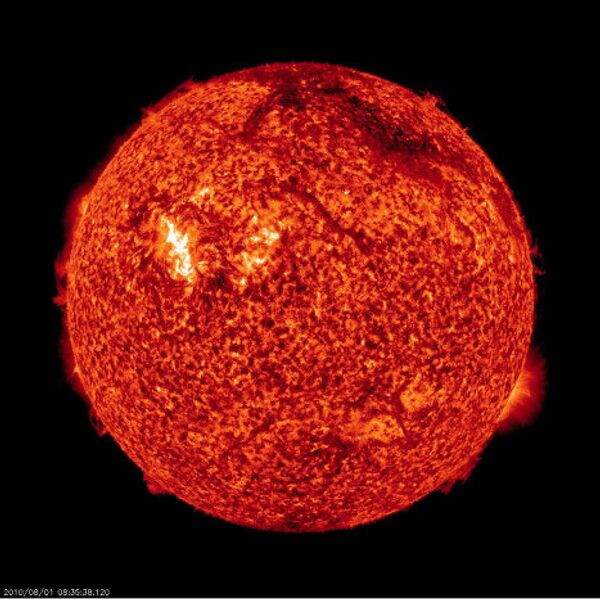
The flare resulted from the largest burst of activity in this solar cycle: over the last five days, over 70 solar flares have been recorded, 14 of which were classified as Class M events.

For comparison, 22 Class M flares for all of 2010 were recorded. In 2009 there were none, with just one in 2008.
Photo: Image taken by NASA's Solar Dynamics Observatory (SDO) on December 6, 2010.
Photo: Image taken by NASA's Solar Dynamics Observatory (SDO) on December 6, 2010.

Solar flares are classified into five orders of magnitude depending on the intensity of the X-rays emitted by the sun. Each magnitude is denoted by a letter: A, B, C, M and X.
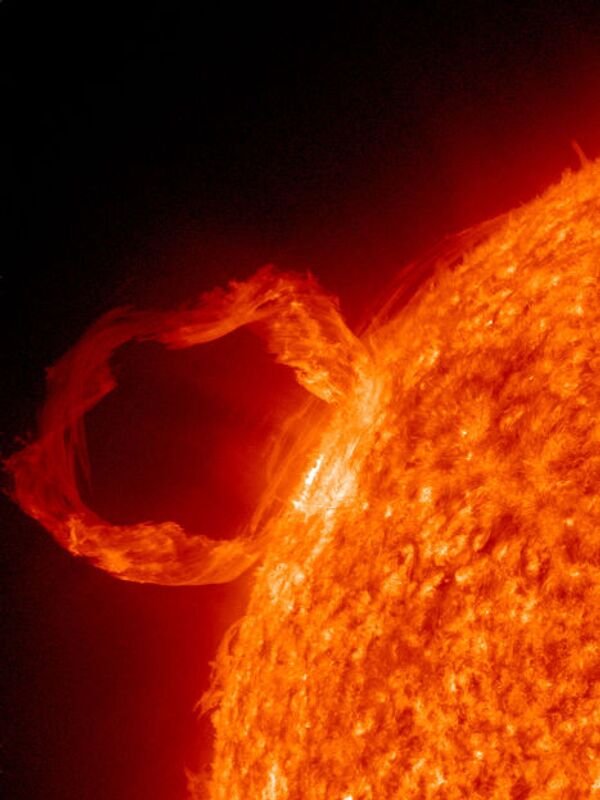
The minimum classification of A0.0 corresponds to 10 nanowatts of radiation per square meter in Earth orbit. Power increases tenfold in next letter classification. Class X starts at 100 microwatts per square meter.
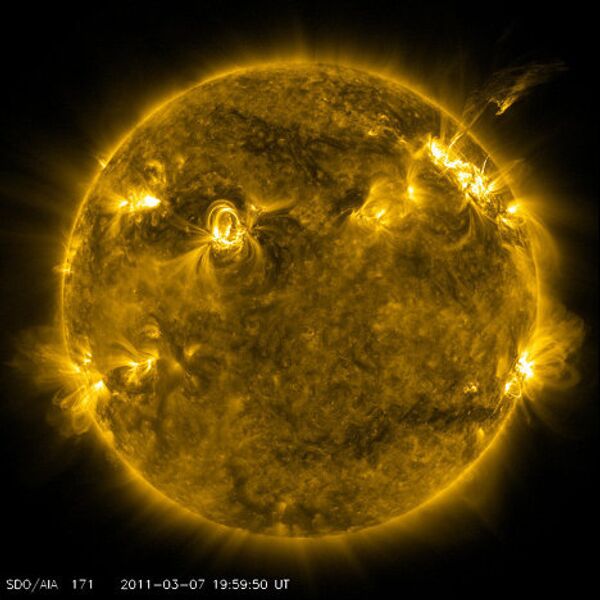
Solar flares may be accompanied by ejections of plasma – streams of charged particles that reach the Earth, causing perturbations in its magnetic field – known as a magnetic storm.
Photo: Image of the sun taken by NASA's Solar Dynamics Observatory (SDO) in March 2011.
Photo: Image of the sun taken by NASA's Solar Dynamics Observatory (SDO) in March 2011.

The plasma emission rate may be 1,000-2,000 km per second, so geomagnetic disturbances are recorded two or three days after a flare.
Photo: Image of the Sun taken by NASA's Solar Dynamics Observatory (SDO) in February 2011.
Photo: Image of the Sun taken by NASA's Solar Dynamics Observatory (SDO) in February 2011.

However, scientists note that magnetic storms after flares are more the exception than the rule, since flare emissions are released at a fairly narrow angle, and often bypass the Earth.
Photo: Image of the Sun taken by NASA's Solar Dynamics Observatory (SDO).
Photo: Image of the Sun taken by NASA's Solar Dynamics Observatory (SDO).

10/13
© NASA / ESA
In 2011, of four magnetic storms, only one, on February 18, was the result of a solar flare, and it was specifically associated with the record Class X event on February 15.
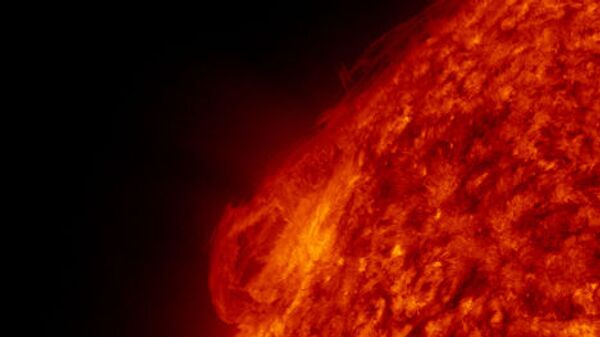
The remaining three magnetic storms were caused by high-speed solar wind streams hitting the Earth.
Photo: Image of the Sun taken by NASA's Solar Dynamics Observatory (SDO).
Photo: Image of the Sun taken by NASA's Solar Dynamics Observatory (SDO).
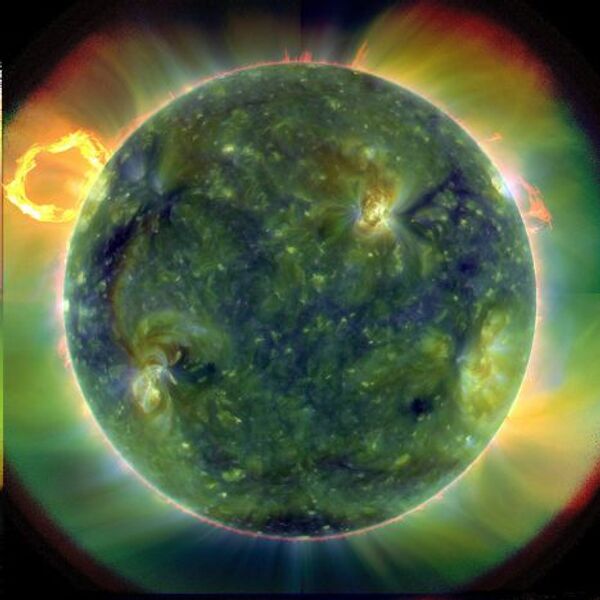
The sun, as seen from NASA's Solar Dynamics Observatory (SDO): the red regions are relatively cool (about 60,000 degrees Kelvin), blue and green are hotter (more than 1 million degrees Kelvin)

This photo combines two images of the Sun, made on two different space missions (August 7, 2010).



